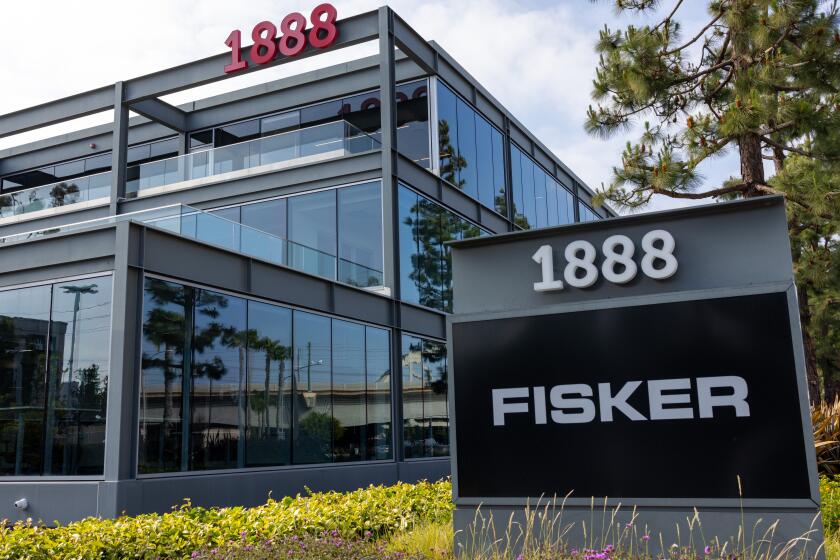Employers turn to high-deductible health plans that push workers to shop around
A growing number of U.S. workers are covered by health insurance that sticks them with a bigger share of the medical bill but also softens that blow by providing a special account to help with the expense.
Companies are turning more to these so-called consumer-directed health plans, which push patients to shop around for the best prices for care, because they can cost less than other types of coverage and help hold down future increases.
Nearly 3 in 10 employees have this kind of coverage, up from 2 in 10 in 2014, according to an annual study of private insurance trends from the Kaiser Family Foundation released Wednesday.
A decade ago, these plans were almost unheard of. Patients and employers generally pay less toward the premium, or cost of the coverage itself. But then patients have to pay higher amounts out of their own pockets for most care, up to a certain level known as the deductible.
For the first time, the Kaiser survey found that more than half of all covered workers face deductibles of at least $1,000 a year for individual coverage.
The idea is that customers will make smart financial decisions because more of their own money is on the line.
To help patients deal with potentially higher out-of-pocket costs — and entice workers to sign on to the plans — employers often set up an account and stock it with money that can be used to cover these expenses.
“Most employers want to continue offering insurance but they just want to pay less,” said Dan Mendelson, president of the consulting firm Avalere Health.
Mendelson, who reviewed the Kaiser study, said insurers have developed better tools for helping people compare cost and quality. That might make companies more comfortable with sending their employees out to shop for something as complicated as healthcare.
Kaiser researchers say rising deductibles from plans like this are helping to restrain premiums.
Overall, the cost of employer-sponsored health insurance, the most common type of coverage in the country, is still growing modestly like it has for the last five years, according to Kaiser. The average annual premium for family coverage, shared by employer and worker, rose 3% this year to $18,142. That’s more than double what coverage cost in 1999, even after adjusting for inflation.
Kaiser’s survey comes just before the open-enrollment period for many employees to choose health insurance options for next year. That annual window usually begins in November.
Here are some other highlights from the survey, which Kaiser conducted with the nonprofit Health Research and Educational Trust:
— Despite modest increases in recent years, health insurance costs are still climbing faster than wages and inflation for many plans. Family coverage premiums have climbed a total of 20% over the last five years, while worker earnings have risen 11% and inflation has climbed 6%, Kaiser reported. This means that employers may be holding back on raises because they have to spend more on health insurance for each worker.
— Employers still pick up most of the bill for coverage. Workers paid, on average, 18% of the premium for individual coverage and 30% for family coverage. That’s the amount usually taken out of a paycheck before taxes.
The benefits consultant Mercer found in a separate survey that employers expect insurance costs to rise about 4% next year. That’s after employers make adjustments such as raising deductibles or shopping for a new insurer for better prices.
More to Read
Inside the business of entertainment
The Wide Shot brings you news, analysis and insights on everything from streaming wars to production — and what it all means for the future.
You may occasionally receive promotional content from the Los Angeles Times.










